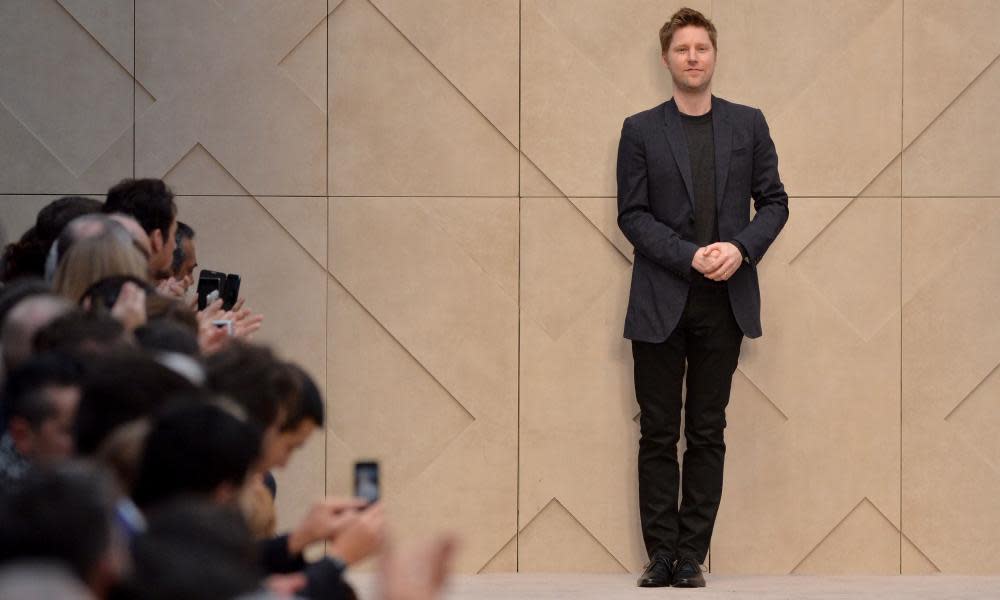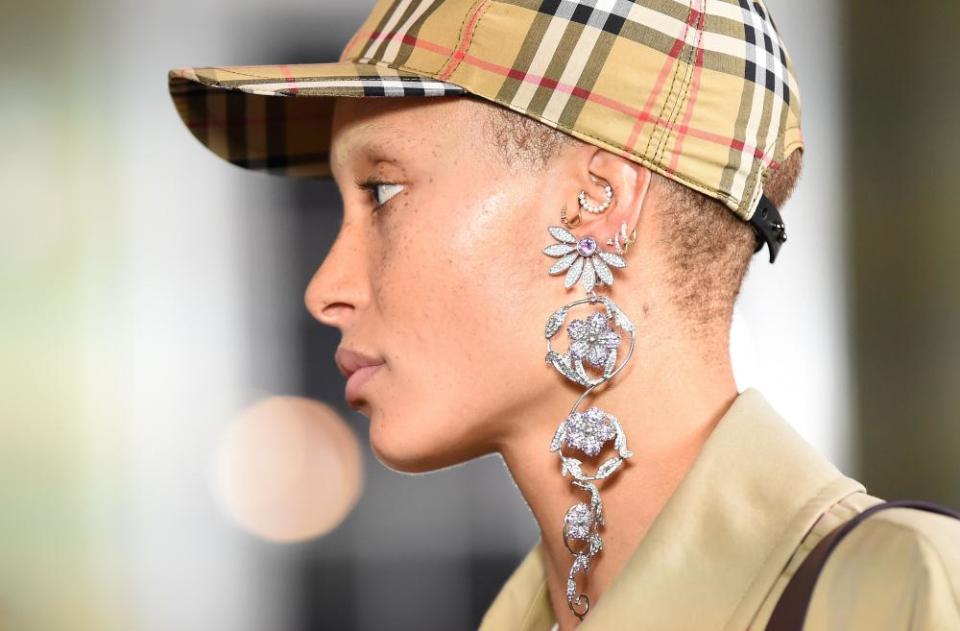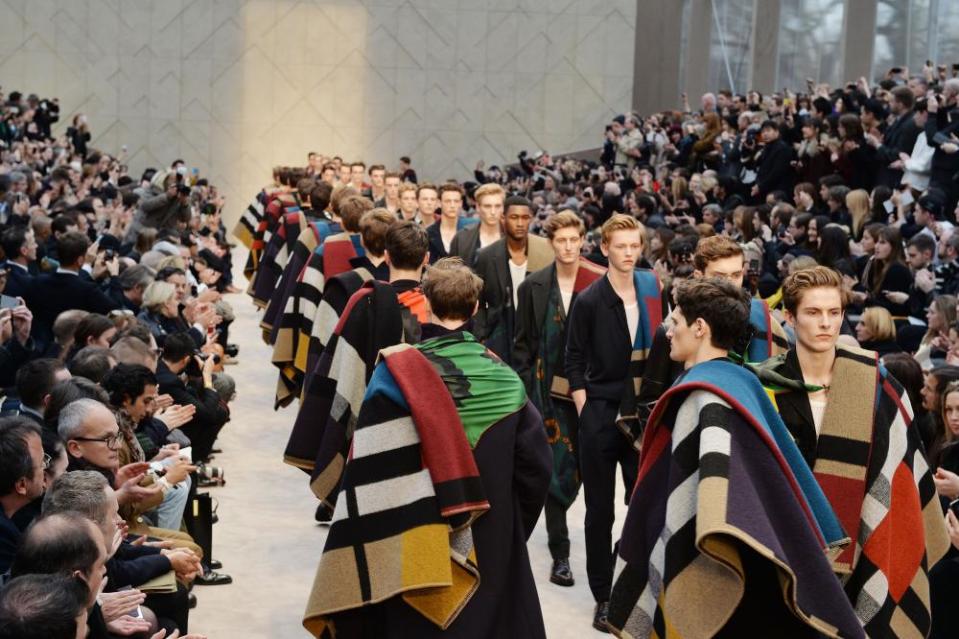Christopher Bailey: how Burberry's creative force transformed the brand

Christopher Bailey, who turned Burberry from an ailing rainwear label into a global luxury brand, is to check out of the company in 2018 after 17 years at the helm.
Burberry shares fell 2% after the news that Bailey’s next Burberry show, which will be held in London in February, will be his last. His departure leaves a plum vacancy for a new designer at Britain’s biggest fashion brand.
While the phrasing of the announcement was intended to soothe nervous shareholders, emphasising a smooth transition in which Bailey will remain with the company for a transition period lasting the remainder of 2018, eyebrows were raised at its timing, which comes just three months after Burberry appointed a new CEO, Marco Gobbetti. Gobbetti was hired from Céline this summer after an unsuccessful experiment in which Bailey attempted to steer both the boardroom and the design studio.
Bailey’s exit is much more significant than run-of-the-mill reshuffling in the restless fashion industry. Moves are two a penny, with talent flitting between brands in a neverending game of musical chairs, but the length of Bailey’s tenure and the scope of his transformation of Burberry means that his name is virtually synonymous with the brand. This makes speculation on who will replace him difficult, although the brand’s strongly British identity make a native appointment most likely.
Phoebe Philo, the British designer with whom Gobbetti partnered at Céline, is one name being mentioned, as is Sarah Burton of Alexander McQueen, and the newly appointed Clare Waight Keller of Givenchy. All three are based with their families in London and might be tempted to swap Paris fashion week for a shorter commute. However, Burberry may follow the lead of the most successful designer of this decade, that of Alessandro Michele at Gucci, and make an internal appointment.

“Burberry encapsulates so much of what is great about Britain,” said Bailey on Monday. “It is creative, innovative and outward-looking. It celebrates diversity and challenges received wisdoms.” The strength of his attachment to the label was evident in his description of the tenure as “the great privilege of my working life”. Gobbetti paid tribute to the departing designer, saying he was “sad not to have had the opportunity to partner with him for longer”.
Bailey transformed Burberry in both aesthetic and financial terms, but most of all he transformed it in tone. In 2001, Burberry was a heritage rainwear brand that had become the butt of tabloid jokes after its distinctive check was adopted on football terraces and by soap opera stars not feted for their elegance.
Bailey built a new identity, based closely on the trenchcoat. He streamlined the silhouette into a more feminine and flattering shape, upgraded the fabric, elevated the styling, and enlisted supermodels to make the “trench” a fashion star. Kate Moss wore one on the cover of British Vogue in 2009, as did the Duchess of Cambridge on the 100th birthday edition of Vogue in 2016. Actors Sienna Miller and Claire Danes have each worn a Burberry trench on the cover of the US edition of Vogue.
The Burberry trenchcoat became a sought-after and highly lucrative trophy piece. It also served as a crucial plot device in the story Bailey was telling the world about Burberry, which framed the brand as a glossy, romantic, modern version of Britishness. Nothing, after all, is more British than rain. In February 2012, the finale to the Burberry catwalk show was soundtracked by a crack of thunder, followed by rain falling on to a perspex roof from a simulated storm engineered above the catwalk in Hyde Park. Enthusiasm for new technology enabled Burberry, which was the first luxury brand to embrace Snapchat, to build fans among the next generation of consumers.

But fashion is voracious in its hunger for newness, and Burberry inevitably lost its ability to thrill.
In hindsight, the apex of Bailey’s Burberry story came in about 2009, when he was named British designer of the year and awarded an MBE. In 2014, he faced a backlash after his powers were extended into an unconventional dual role of designer and CEO. Almost 53% of shareholders voted against a remuneration package adding up to £15m, questioning the wisdom of two roles with different skillsets being undertaken by one person.
This year, Bailey relinquished the CEO job, but retained the title of president. The resulting situation was queried by some investors, who pointed out that the company was in effect paying two CEO-level salaries.
Bailey, 46, lives in London with his husband, the actor Simon Woods, and their two young daughters. His statement gave no hint of his future plans, beyond that he was “excited to pursue new creative projects”.


